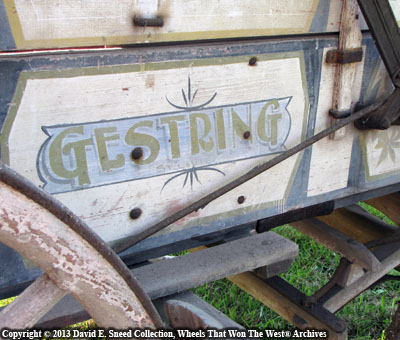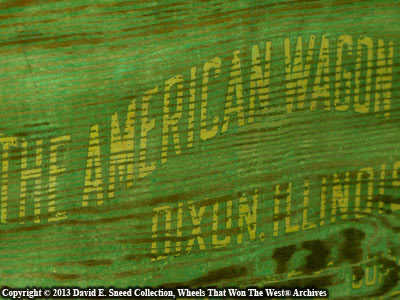Helping shape resale values and collector desirability, rarity is one of a dozen elements we highlighted in Volume One of our "Borrowed Time" western vehicle book series. For historians, collectors and enthusiasts,the term can involve anything from the brand to the style of vehicle, features, paint, age, provenance, condition, originality, completeness and numerous other elements.

Spending so much time researching, collecting, photographing and cataloging information on early vehicles, we've learned that sometimes it's not necessarily what you're looking for as it is what you find. In other words, learning to recognize those things that are truly unique, peculiar or otherwise different can open up opportunities that may otherwise have been overlooked. Of course, 'unique' can also mean non-original, wrong, or just that you may never have seen something before - which doesn't always mean someone else hasn't seen it quite often. Without knowing what is correct and truly uncommon, it's easy to misjudge a piece. As with any antique, it pays to know your subject. After all, contrary to the old saying, what you don't know CAN hurt you.
